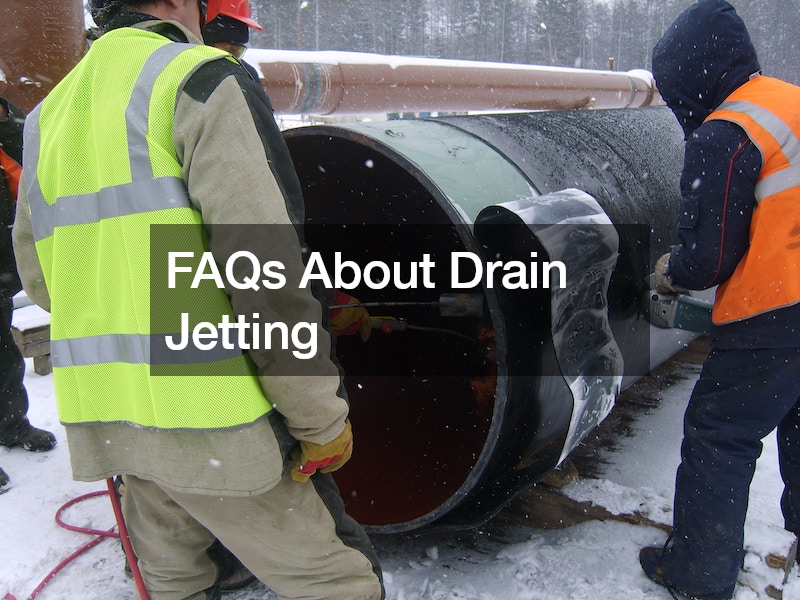February 2, 2024
FAQs About Drain Jetting
Drain jetting, a powerful method for clearing clogged pipes often raises various questions. Here, we address some FAQs to shed light on this effective plumbing solution. Read on to learn more.
- What is Drain Jetting? Also known as hydro-jetting, is a high-pressure cleaning technique with the use of a specialized nozzle to propel water through pipes. This forceful stream efficiently removes blockages, debris, and buildup, restoring optimal flow within the sewer system.
- How Does It Work? Utilizing pressurized water, sewer jetting scours the interior surfaces of pipes, dislodging accumulated grime and obstructions. The high-pressure stream not only clears existing clogs but also prevents future blockages by thoroughly cleaning the pipes. This method is versatile and applicable to various pipe materials and sizes.
- Is It Environmentally Friendly? Unlike traditional methods involving harsh chemicals, sewer jetting is an environmentally friendly option. It relies solely on water pressure to clean pipes, avoiding the use of harmful substances.
- Can It Damage Pipes? When performed by trained professionals, sewer jetting is a safe and non-damaging method. The equipment is designed to handle high pressures without causing harm to the pipes. However, it’s crucial to enlist experienced plumbers to ensure proper application and prevent any potential issues.
The question remains: how often should you have jetting done? The frequency of sewer jetting depends on various factors, including the age of the plumbing system and usage patterns. Regular maintenance, which should be done every one to two years, can prevent major blockages and extend the lifespan of the sewer system.
.

